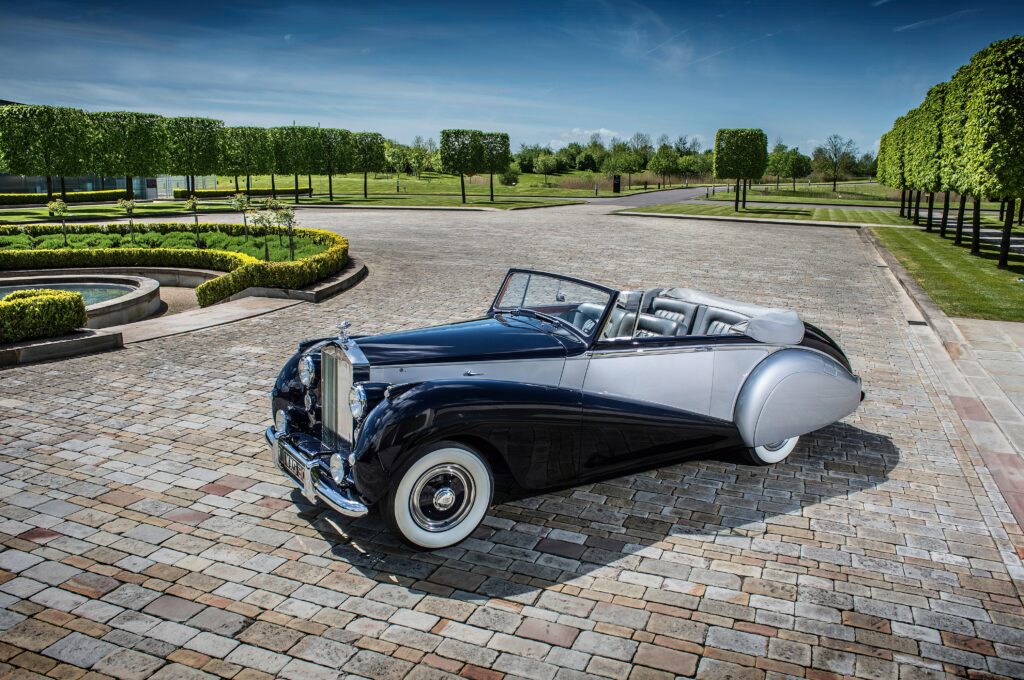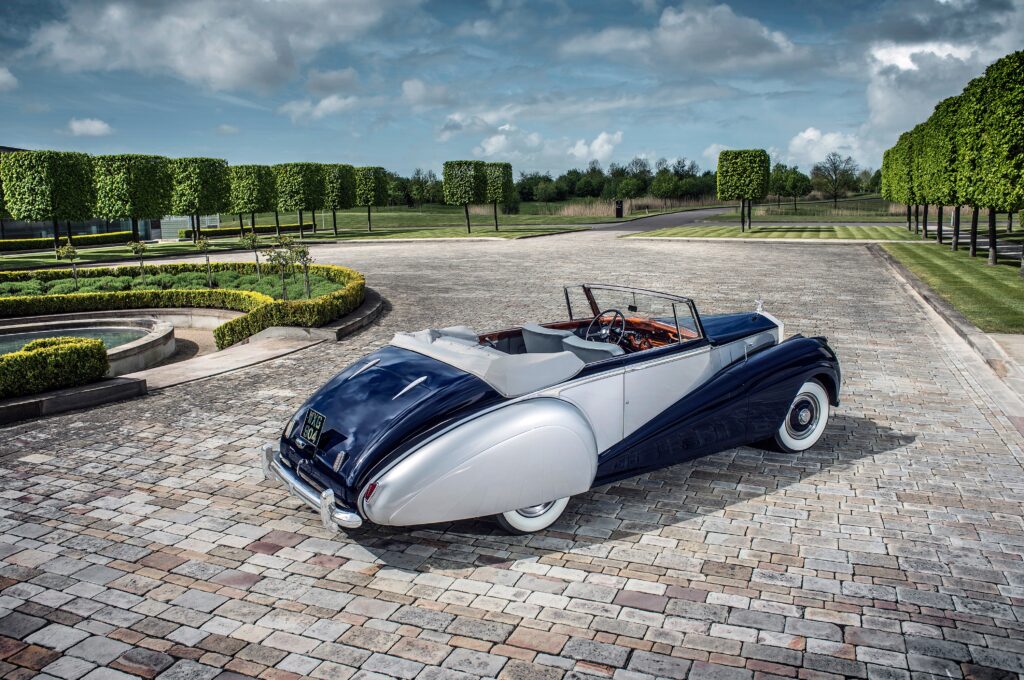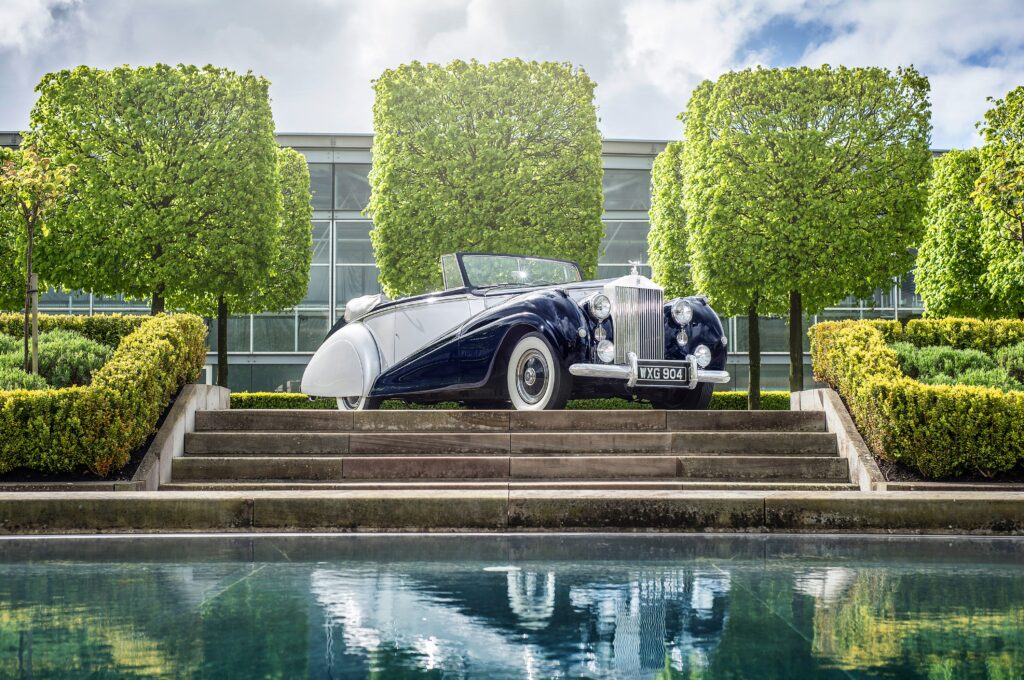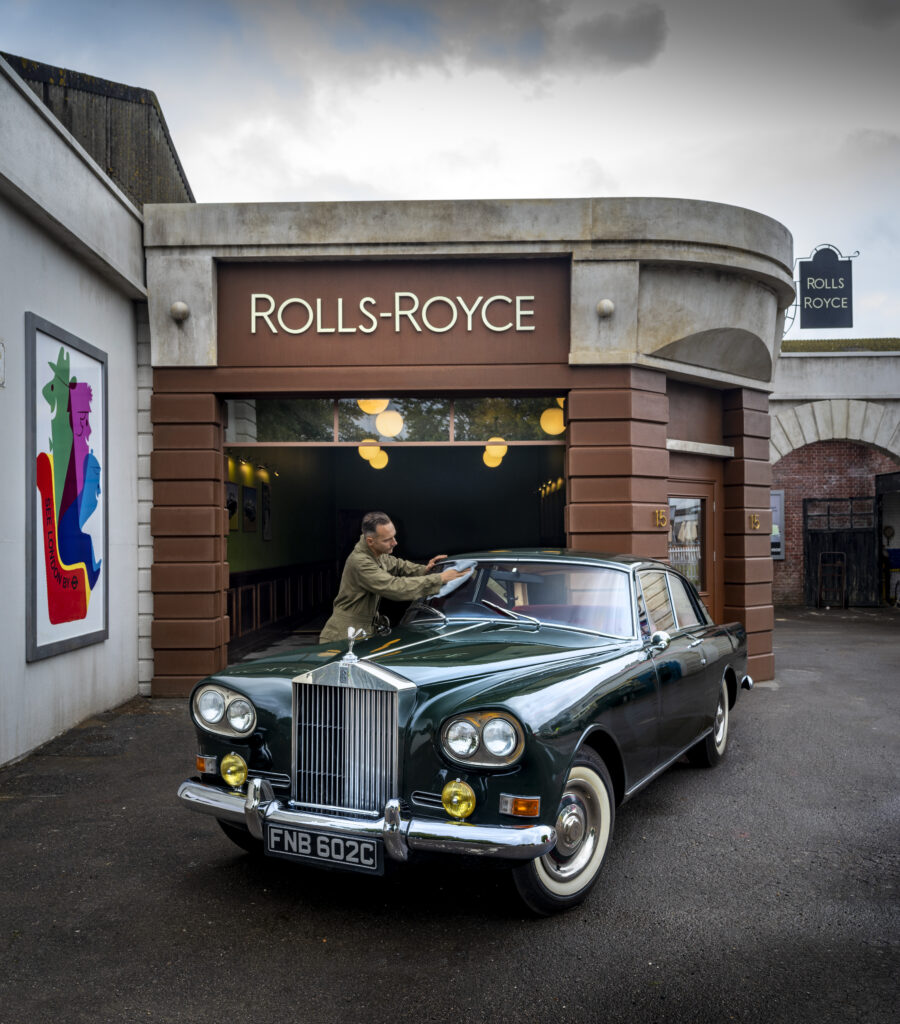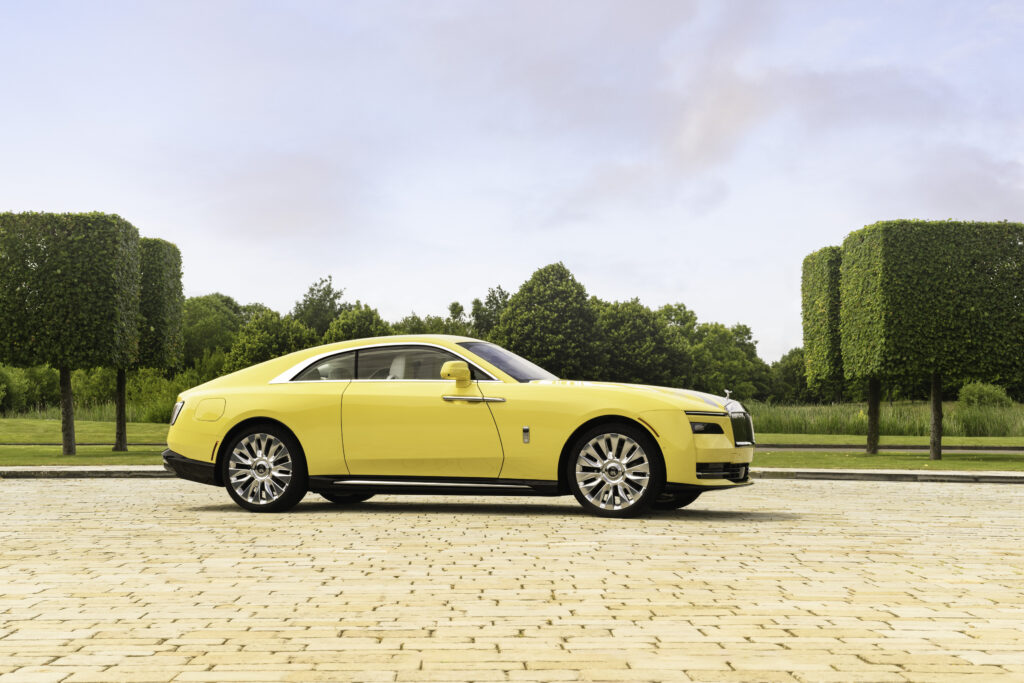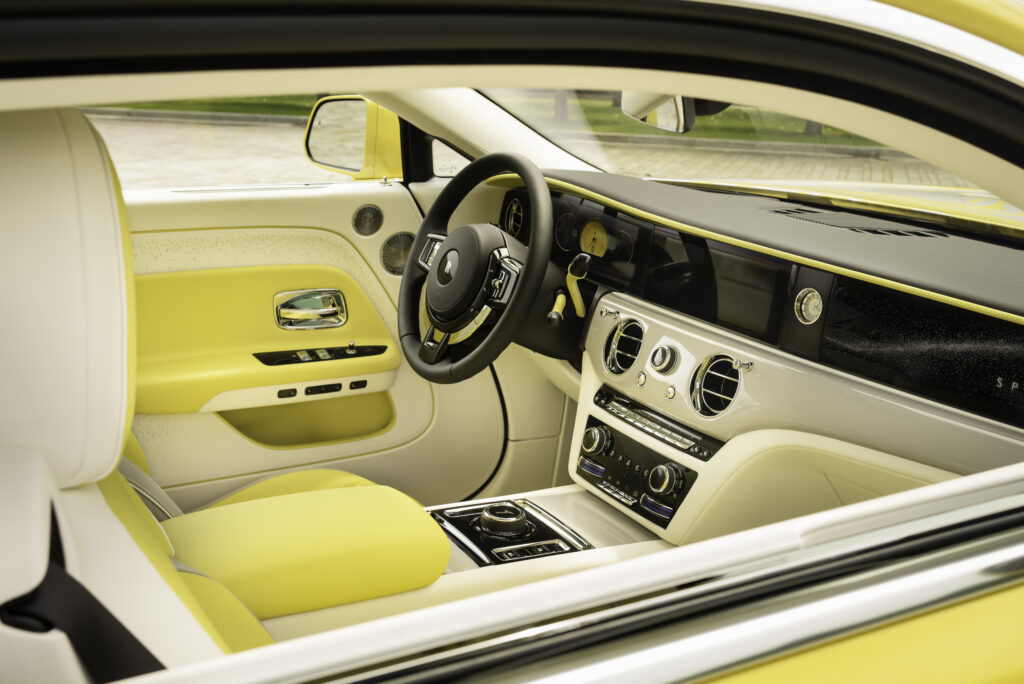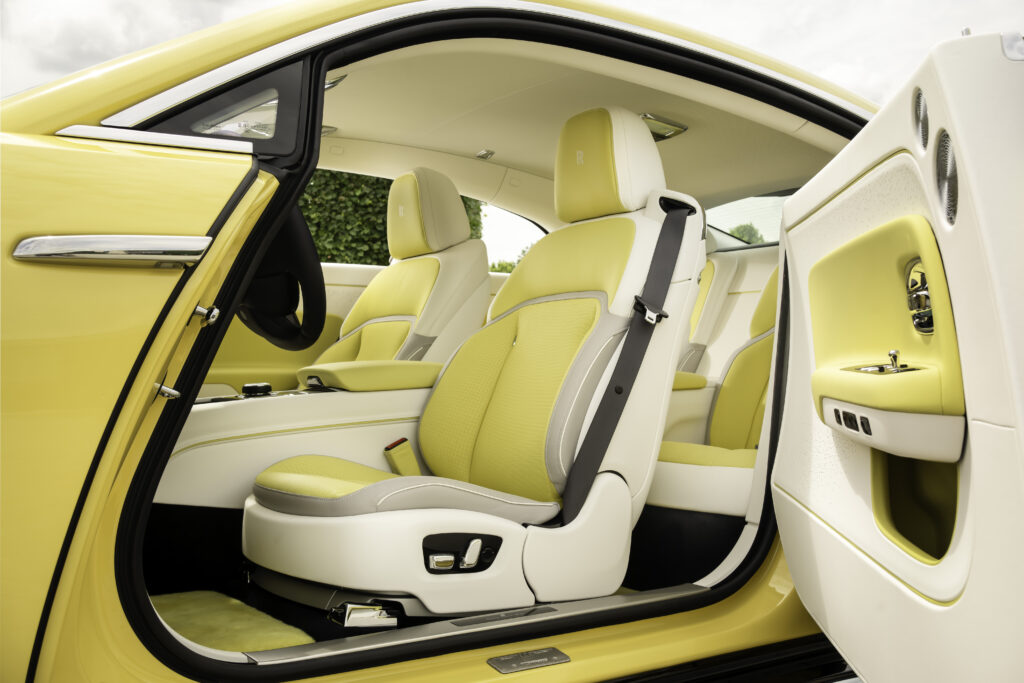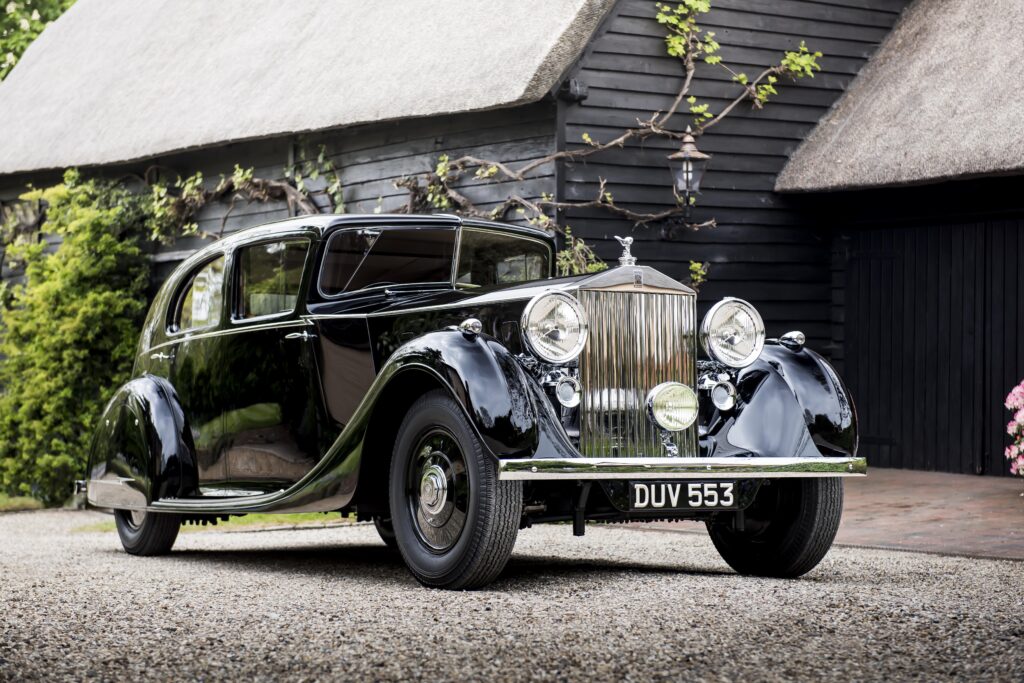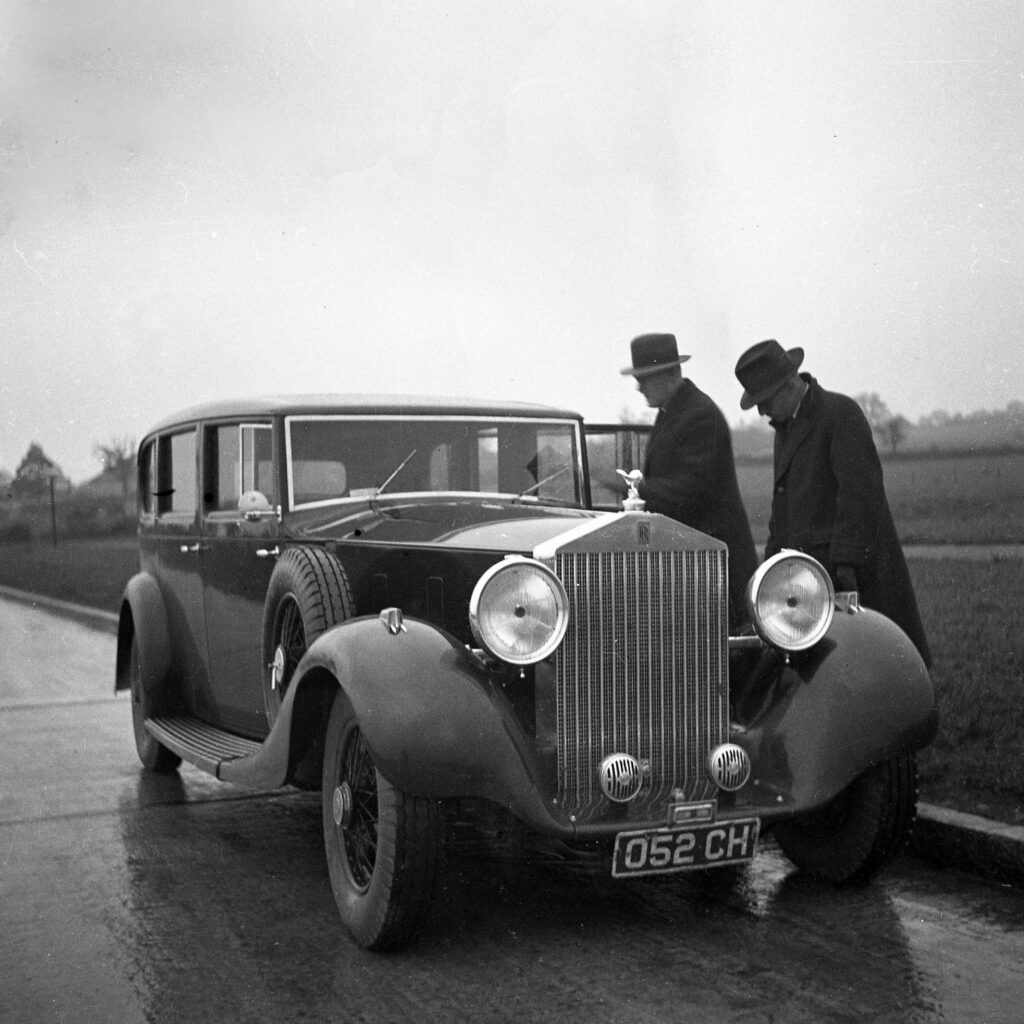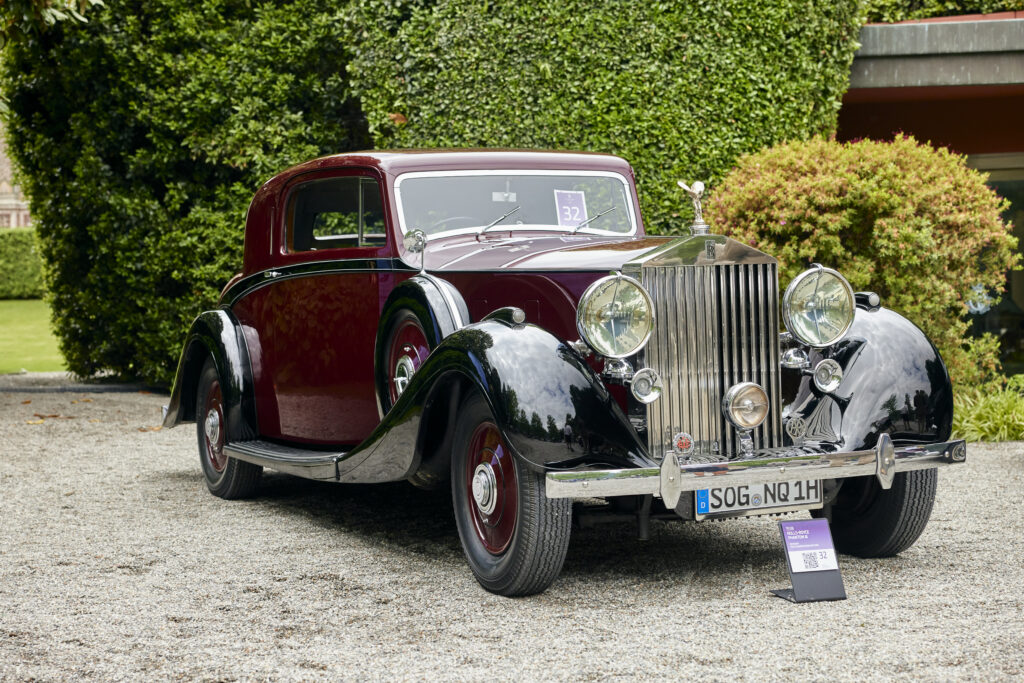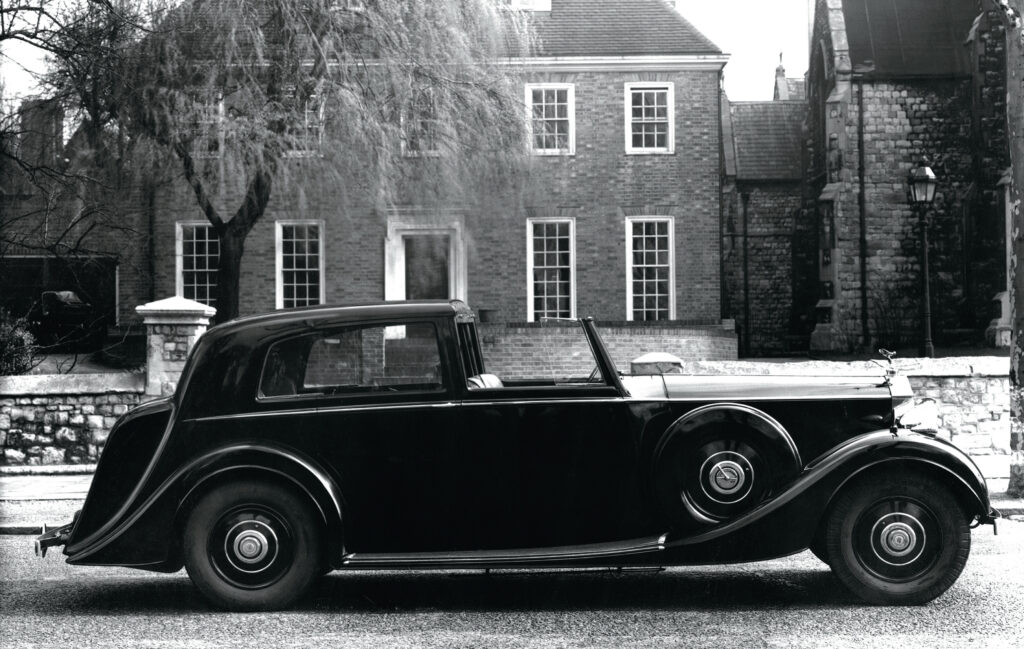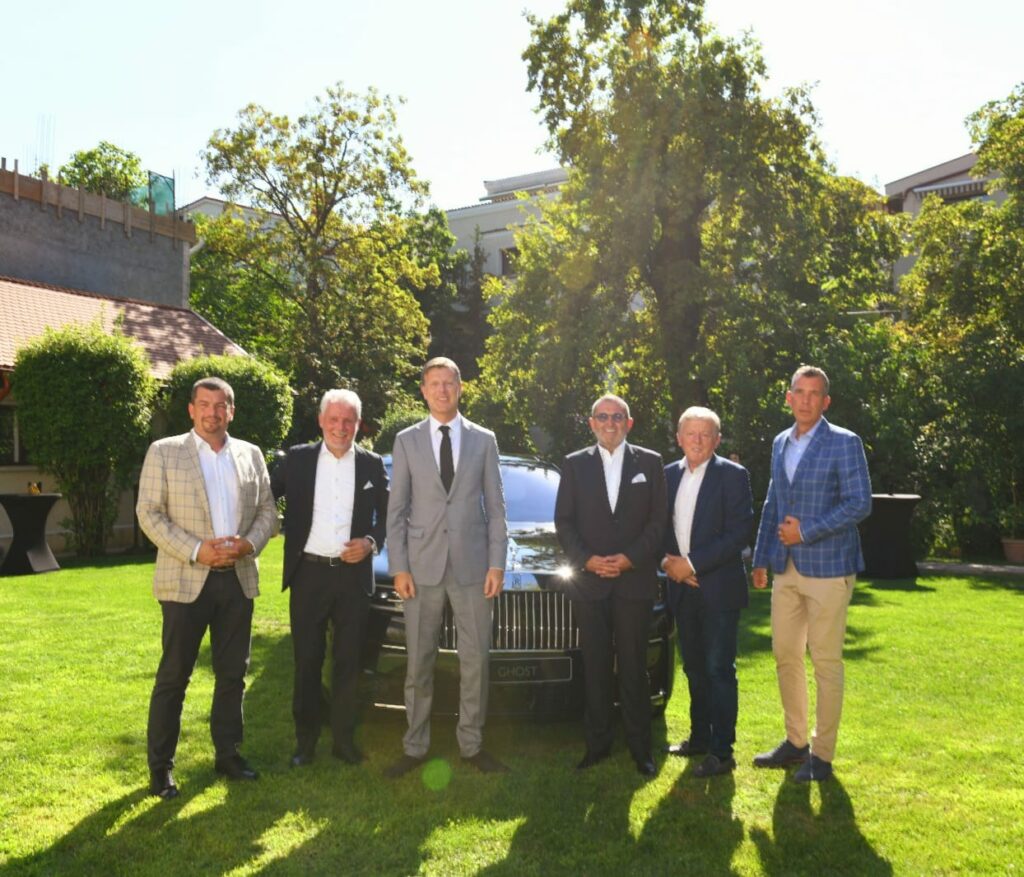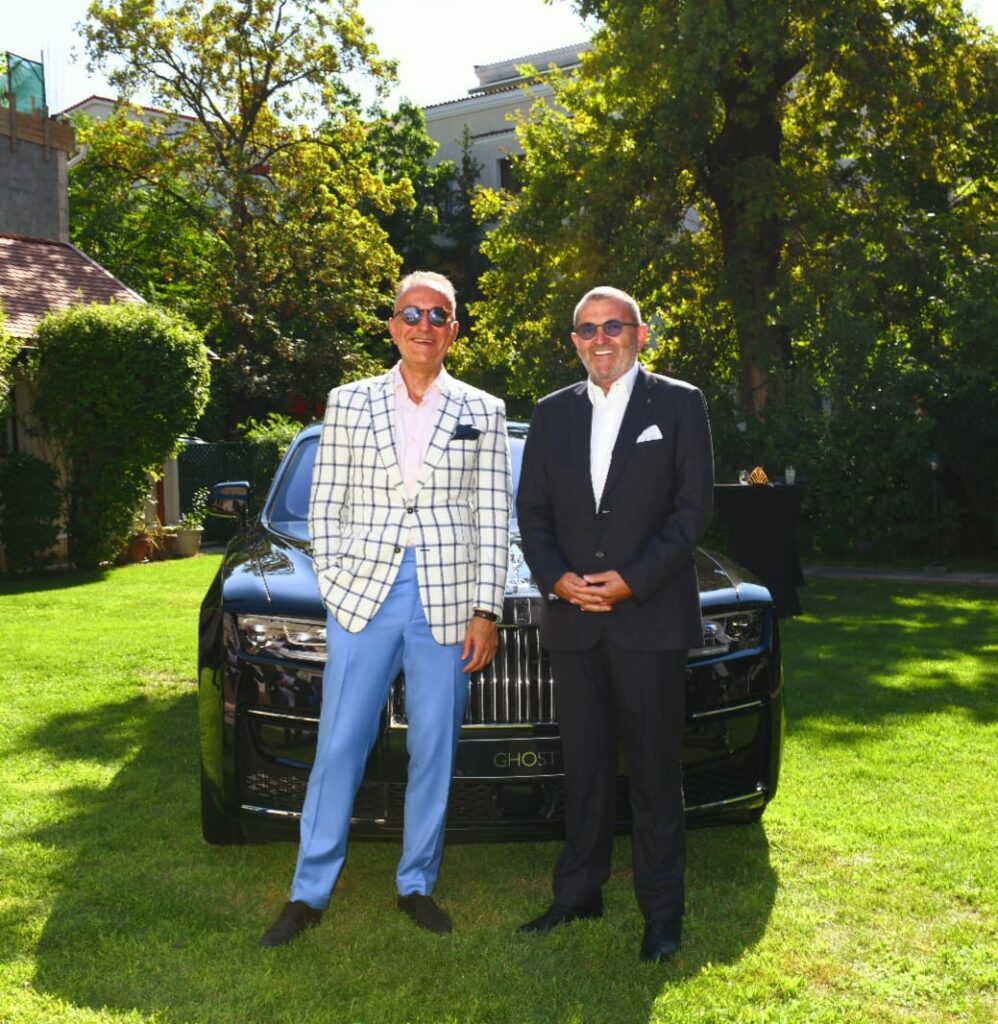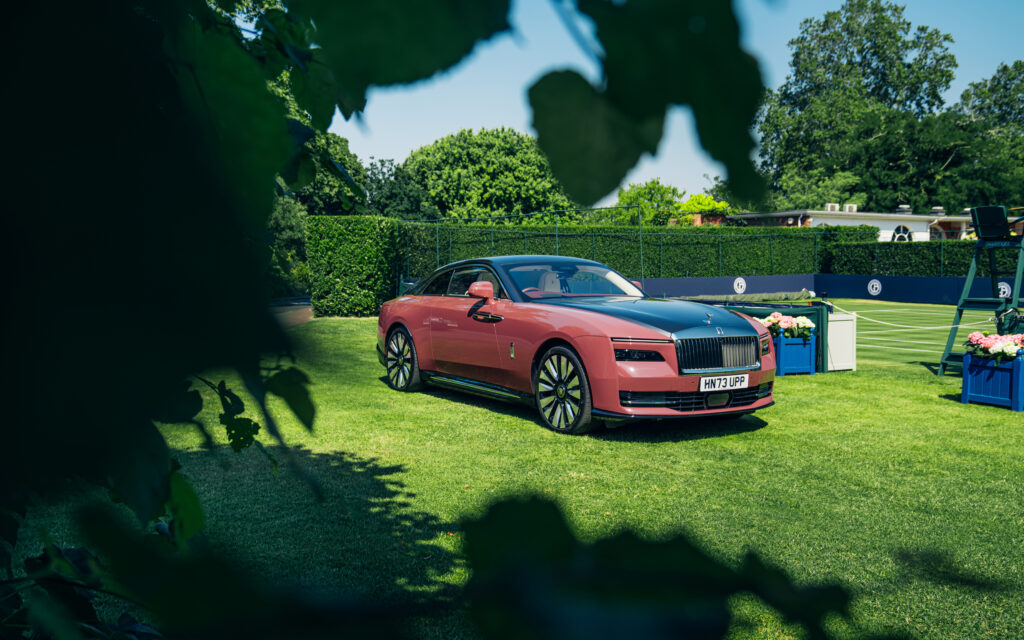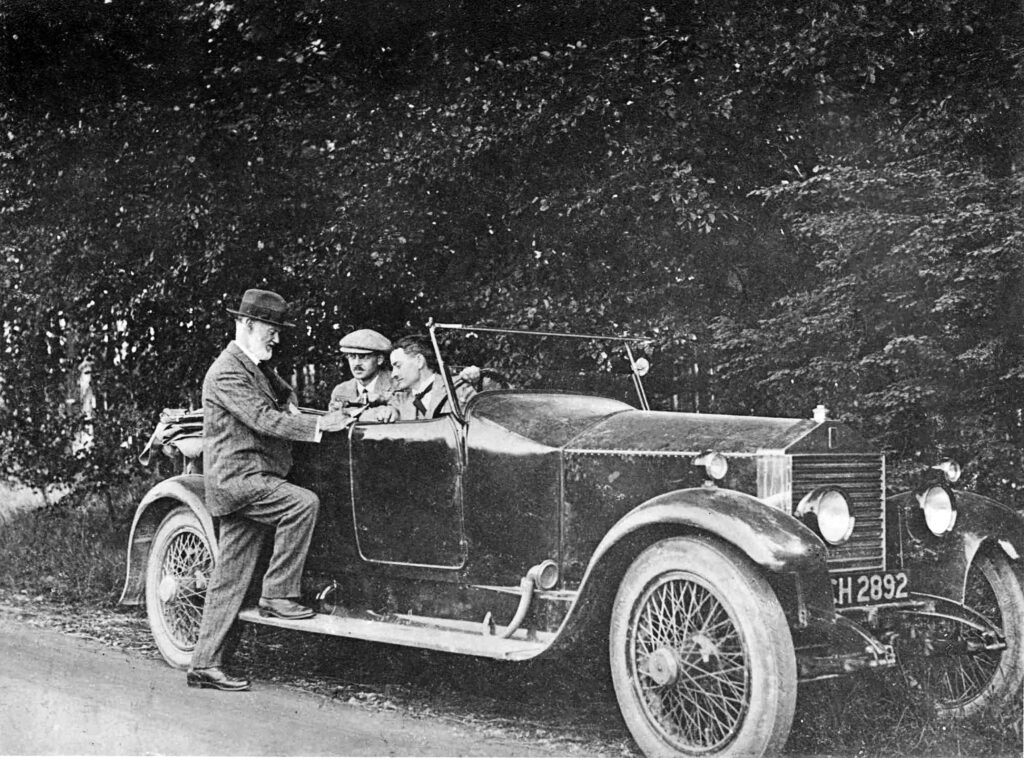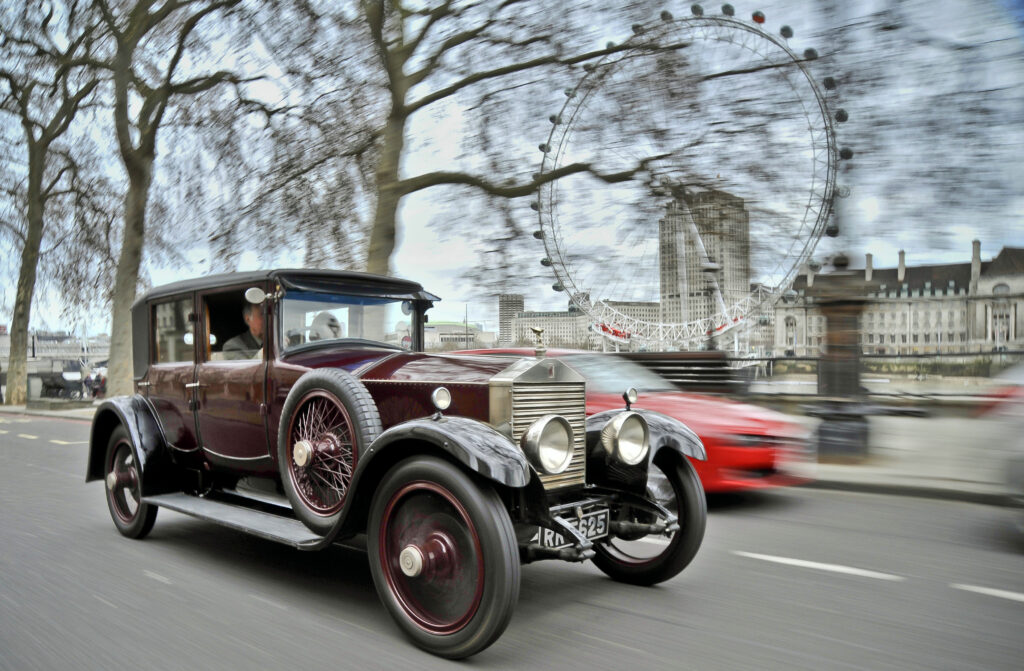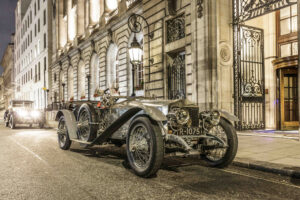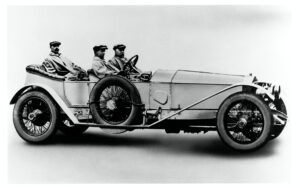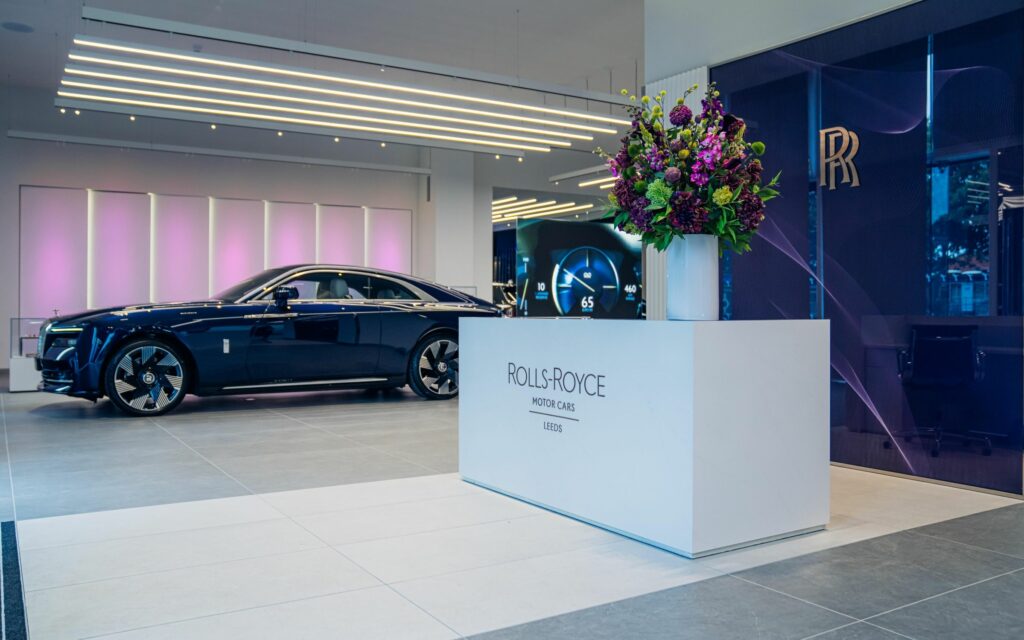
“Rolls-Royce Motor Cars Leeds has been an important part of our trusted dealer network ever since JCT joined the Rolls-Royce family in 2018. The opening of this new space is a momentous occasion – it illustrates a bold and exciting step for the brand, bringing the essence of Goodwood to Yorkshire. This new expansive and contemporary space – with its wealth of digital technologies, and sophisticated, elegant design – is the perfect embodiment of the brand. It is the ideal space for the highly professional team to offer patrons a hyper-personalised client experience characterised by luxurious encounters. It really captures the spirit of the marque and brings our visual identity to life, reaffirming our position as a leading House of Luxury.”
Boris Weletzky, Regional Director, United Kingdom, Europe and Central Asia
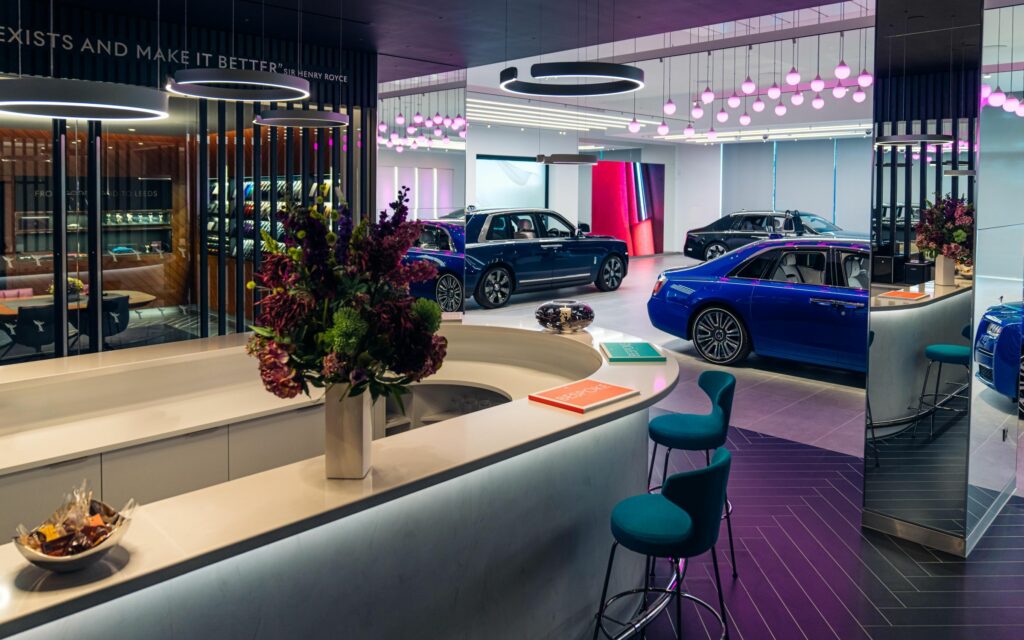
“After adding Rolls-Royce to our stable of luxury car marques in 2018, we were keen to create a new home for it which would do justice to this world-leading brand. Bringing a touch of Goodwood to Yorkshire and the North East, the Leeds showroom is simply stunning. From a multi-media curtain of ‘dancing’ kinetic lighting to a unique ‘cabinet of curiosities’ showcasing our Yorkshire heritage, a visit here is designed to be an engaging experience for customers where they can see the very best of the Rolls-Royce brand.”
Kristian Keighley, Head of Business for Rolls-Royce Motor Cars Leeds, JCT600 Brooklands.
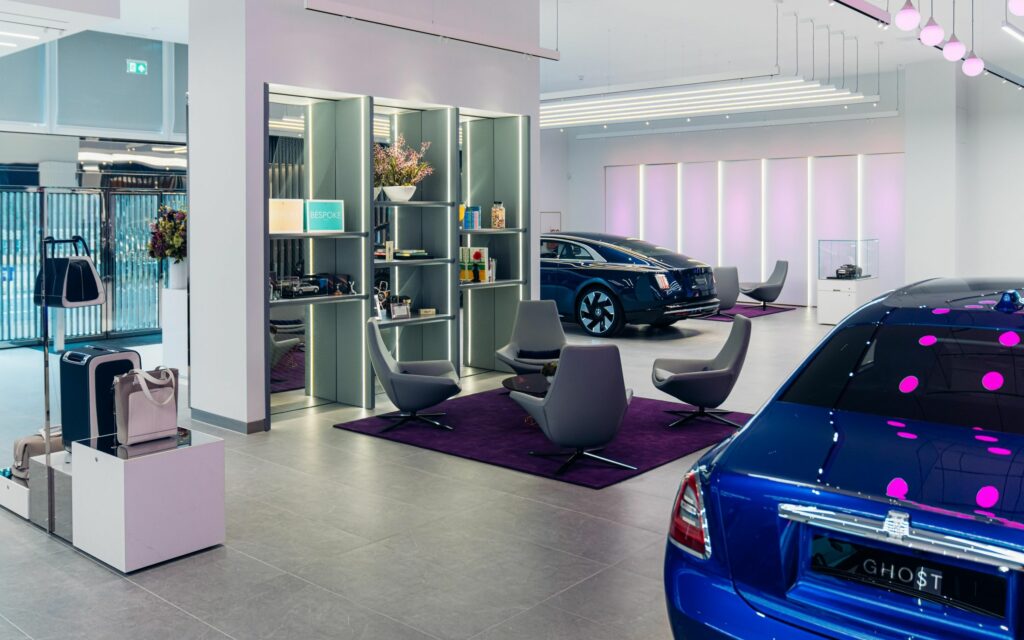
Rolls-Royce has a profound understanding of its clients, their expectations, their needs and their wishes. This is an essential element in the marque’s ongoing success as a renowned House of Luxury. The new Rolls-Royce showroom in the heart of Yorkshire is the perfect place for clients to learn more about the marque and experience the elegance of the world of Rolls-Royce.
Located in a prominent location in Leeds, this space showcases the marque’s exquisite products and provides clients with an unparalleled experience, in line with Rolls-Royce’s position as a true global luxury goods brand. The new showroom, with the front doors modelled on Rolls-Royce’s famous Pantheon grille, offers clients a fully immersive brand experience from the moment they enter the building.
Inside, the new showroom exudes cool modern luxury, yet still recognises the importance of heritage for the marque, with citations from the founding fathers of the brand throughout the showroom. The Cabinet of Curiosities, an eclectic mix of intriguing, timeless and legendary design objects, sparks the imagination and client conversations as part of the commission process. It also celebrates the local area with unique objects and books which reflect the legends that hail from Yorkshire.
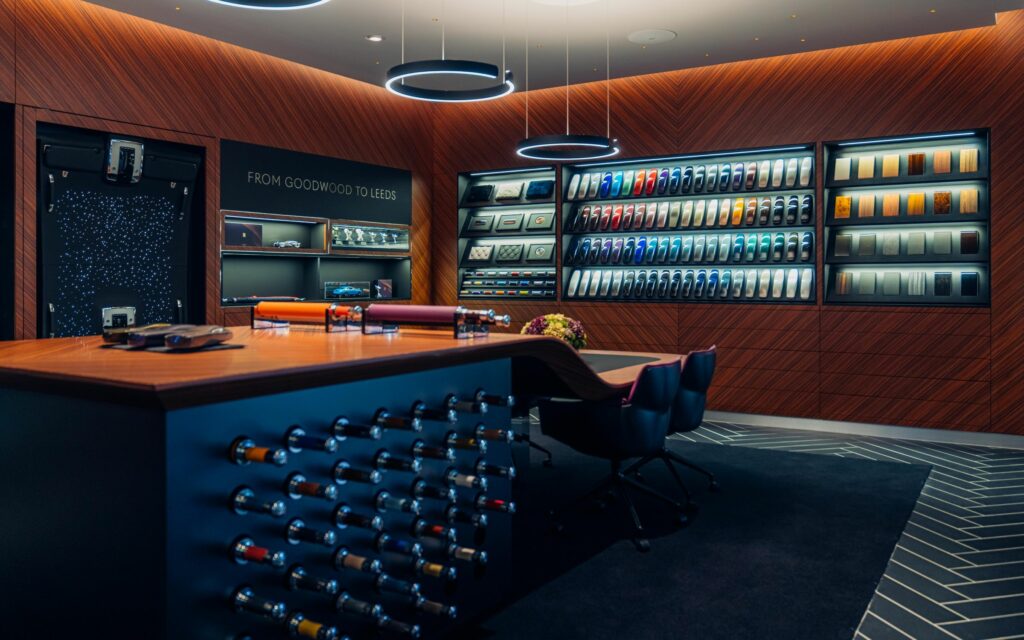
The pièce de résistance, the Atelier, is the place where, with the help of the marque’s highly skilled and professional team, clients can envisage their dream commission coming to life. Housing some of the marque’s most exquisite examples of craftsmanship, including wood veneers, leathers, embroidery threads and lambswool samples, in a variety of vivacious hues, the Atelier is a sensory-inspired room; it showcases the marque’s fluency in Bespoke and luxury. The surface-finish samples are presented in the familiar Rolls-Royce speedform shape, making it easy to imagine the almost endless two-tone colour combinations; the leathers are rolled on wands with handles from Rolls-Royce’s famous umbrellas, while the veneers are shaped like the cross-section of an aerofoil, recalling the aviation exploits of the marque’s founding father, The Hon. Charles Stewart Rolls.
The remarkable space that is the Leeds showroom is a further sign of the dealership’s commitment to excellence and extraordinary journey since joining the marque in 2018. In 2020, Rolls-Royce Motor Cars Leeds was honoured to receive the title of ‘Global Whispers Dealer’. Whisper’s is the marque highly exclusive members only club.
A Rolls-Royce is unapologetically luxurious, it is unmistakable, synonymous with beauty and elegance, a true design icon, and so, in the new Leeds showroom, each model rightfully enjoys its own dedicated space, framed, and is presented according to its distinctive personality and characteristics.

